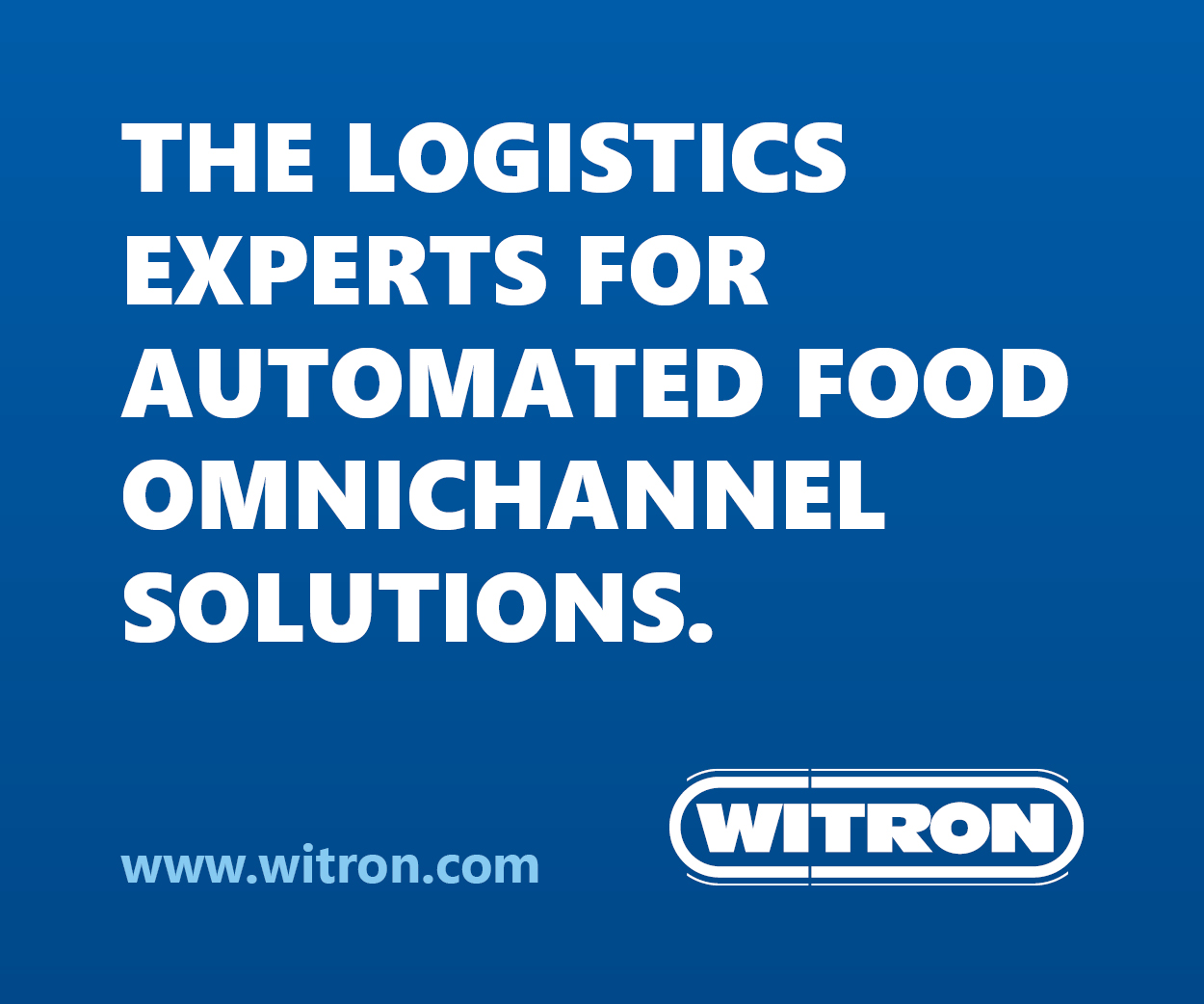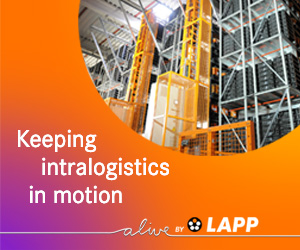Going above and beyond
When personnel and equipment are working in close proximity in the warehouse, occupational health and safety needs to be given the highest priority.
This doesn’t mean just adhering to statutory guidelines. It is about creating and promoting a safety strategy across the whole of the workforce to encourage a culture of vigilance which ensures that risks are kept to a minimum.
Logistic processes rely on forklift trucks to keep things on the move, and these machines, in whatever form they have evolved since they were first introduced almost 100 years ago, are still indispensable. But people working around them need to be constantly aware, as do the drivers, of the danger they can pose, particularly when their paths may cross. Measures such as an internal safety policy as well as help from technology in the form of safety and assistance systems such as those supplied by Elokon, can add a crucial extra level of protection for employees.
VNA forklifts
There are also specific guidelines pertaining to VNA forklifts, which are particularly beneficial for space saving operation, but pose a higher level of risk. Due to their size, they occupy the whole of the narrow working aisle, leaving no room for pedestrians in the aisle to manoeuvre past them. And if the truck’s cab is raised for picking from high bay racking, the driver is unable to see any pedestrians or objects that are in front of it.

In order to avoid these very risky scenarios and accidents between trucks and personnel, safety systems are mandatory in Germany, Austria and Switzerland when the required minimum distance of half a metre between truck and racking is not maintained. By using Elokon’s ELOprotect personnel protection system, companies can ensure adherence to the Directive for the Operation of Narrow Aisle Vehicles (DIN 15185 Part 2). This system is officially recognised as a replacement measure for operating the narrow aisle warehouse, meaning that it effectively compensates for the missing safety distance. If there is no such measure in place, VNA operation is prohibited. Furthermore, escape routes and emergency exits must be accessible at all times.
Speed limits












